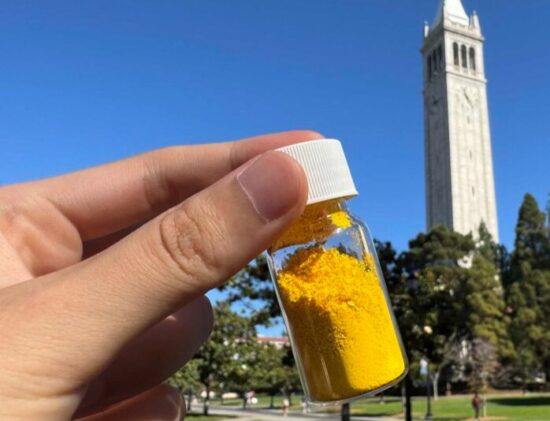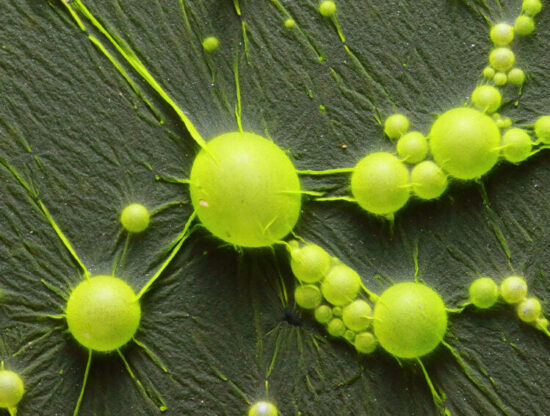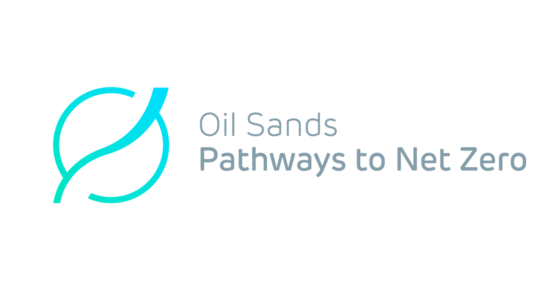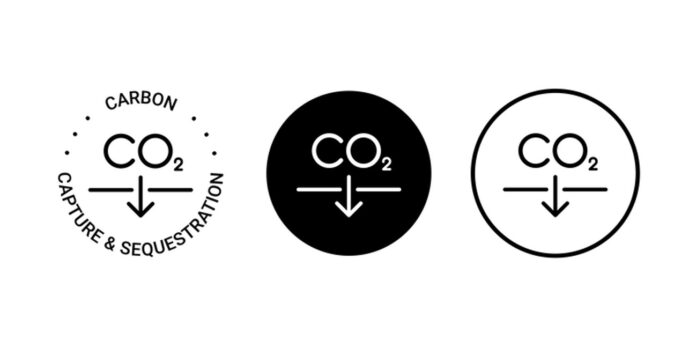Considering the climate change prognostications where our future’s mean atmospheric temperatures are expected to rise 3.1 Celsius (5.6 Fahrenheit) by 2100, finding engineering solutions and inventions to capture the carbon dioxide (CO2), methane (CH4) and other greenhouse gasses causing this is producing a flurry of stories. That’s why I have decided to start something new this week looking at carbon capture and geoengineering stories that are being reported in scientific journals and the news.
This week’s stories include:
- UC Berkeley Invents a New Material to Remove CO2 from the air.
- Chonkus discovered, an algae that could sink carbon and save the planet.
- Canada’s Pathway Alliance to Pipe and Store CO2 from oil sands inches closer to reality.
UC Berkeley Invents a Porous Material to Capture CO2

This month, the journal Nature describes a new material that can capture CO2. It is called a covalent organic framework (COF), and its hexagonal channel structure binds the gas to it. Developed at the University of California, Berkeley, it could become an important direct air capture (DAC) tool to reverse rising CO2 levels in the atmosphere.
States Omar Yaghi, Professor of Chemistry at UC Berkeley, “We took a powder of this material, put it in a tube, and we passed Berkeley air — just outdoor air — into the material to see how it would perform, and it was beautiful. It cleaned the air entirely of CO2. I am excited about it because there’s nothing like it out there in terms of performance. It breaks new ground in our efforts to address the climate problem.”
If put into existing carbon capture systems in refineries and power stations, COF materials weighing less than a quarter kilogram (0.5 pounds) would absorb 20 kilograms (44 pounds) of CO2 per year—as much CO2 as a mature tree sequesters.
Atmospheric levels of CO2 have surpassed 422 parts per million (ppm) this year. Capturing flue gas CO2 before it enters the atmosphere could slow the rise. The current technologies deployed at industrial and energy sites add extensive costs to these facilities. Short of shutting them down and rapidly building up renewable energy capacity and alternative manufacturing processes that don’t use fossil fuels, DAC technologies are seen as a panacea.
The Berkeley-developed COF material can be reused for 100 cycles without losing its CO2 absorption capacity. Further improvements could double the amount of CO2 the material captures.
If we want to get CO2 levels back to between 300 and 350 ppm then, sucking the gas out of the air may need us to deploy technology like this. How much it will cost to scale is not described in the UC Berkeley press release or the Nature article.
Newly Discovered Algae Strain Could Sequester CO2

A cyanobacteria, a form of blue-green algae commonly found in freshwater, has been discovered at a marine volcanic seep and it appears to have a proven ability to sequester CO2 in large volumes. Called Chonkus, it was found near Sicily.
Its discovery is described in a paper appearing in the journal, Applied and Environmental Microbiology. Chonkus was isolated from volcanic vents in a marine environment where dissolved CO2 made it a good hunting ground for discovering organisms that sequester carbon.
Max Shubert, a Ph.D. at the Wyss Institute, Harvard University, states, “Dissolved carbon is relatively dilute compared to all the other molecules in the ocean, and that limits the growth of photosynthetic organisms that live there. We decided to investigate what happens when you alleviate that limiting factor by going to a place with plenty of carbon, where some organisms could have evolved the ability to use it to galvanize their growth.”
Shubert describes Chonkus as having “several traits that could be useful to humans, including highly dense growth and a natural tendency to sink in water.” Water samples collected from CO2-rich volcanic seeps were flown back to Boston for analysis. The researchers then replicated the conditions off the Sicilian coast in the laboratory and were able to isolate UTEX 3222 which they later named Chonkus. Why that name? Because it grew fast and big having absorbed lots of CO2 and then sank to the bottom of sample tubes making it easy to harvest.
Chonkus’ beneficial characteristics could help in biomanufacturing. Other microbes with similar capabilities are being studied for carbon capture, restoring coral reefs and carbon upcycling to create sustainable products.
Oil Sands Carbon Sequestration Project Inching Along

Canada has the oil sands, the single largest carbon pollution emitter in the country. Canada has committed to reducing its national carbon footprint to net zero by 2050 while at the same time continuing to exploit oil sands resources. It is quite the tightrope for the country and has produced a rocky marriage among oil sands operators, and federal and provincial governments.
Six Canadian oil sands producers, representing 95% of production formed the Pathways Alliance in 2021. These include Canadian Natural Resources, Cenovus Energy, Imperial Oil (a subsidiary of Exxon-Mobil), ConocoPhillips Canada, MEG Energy, and Suncor Energy. The 2021 announcement described their intention to build a pipeline and carbon capture and storage network that would be made available to other oil producers and industries in Alberta and Saskatchewan to sequester CO2 emissions.
Since the announcement, the federal government has set national sectorial goals to reduce the country’s carbon emissions and passed anti-greenwashing provisions that have exposed the Pathways Alliance to criticism for its lack of commitment to put shovels in the ground.
What’s holding up the $16.5 billion project? Money. The Alliance seeks guaranteed public subsidies beyond existing tax credits and other incentives to cover built and operational costs for capturing and storing carbon emissions.
The latest small breakthrough, however, occurred with a recent face-to-face meeting involving members of the Alliance and senior federal government officials. The latter announced a plan to engage the Canada Growth Fund (CGF), a cleantech financing agency set up in 2022, to use some of its capitalized $15 billion to provide investment certainty for the project. Meetings are expected to continue with a hoped-for agreement early in 2025.








